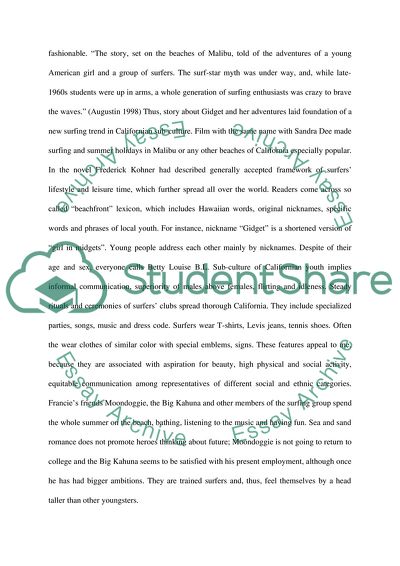Cite this document
(“California Culture Essay Example | Topics and Well Written Essays - 1250 words”, n.d.)
Retrieved from https://studentshare.org/social-science/1574076-california-culture
Retrieved from https://studentshare.org/social-science/1574076-california-culture
(California Culture Essay Example | Topics and Well Written Essays - 1250 Words)
https://studentshare.org/social-science/1574076-california-culture.
https://studentshare.org/social-science/1574076-california-culture.
“California Culture Essay Example | Topics and Well Written Essays - 1250 Words”, n.d. https://studentshare.org/social-science/1574076-california-culture.


